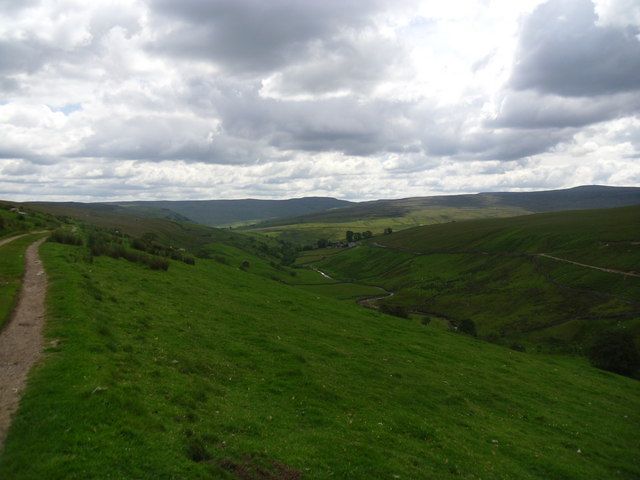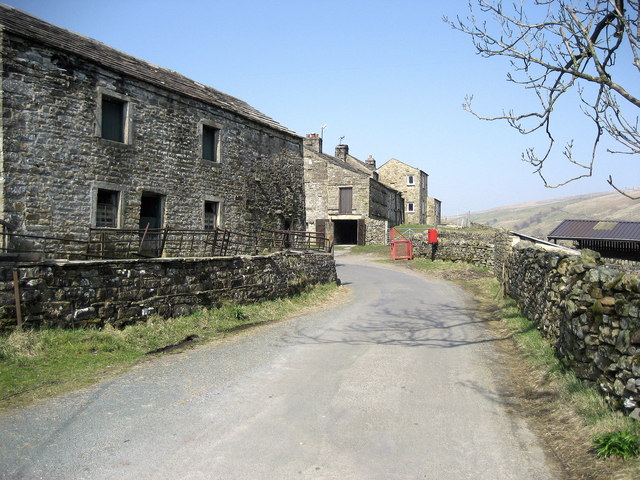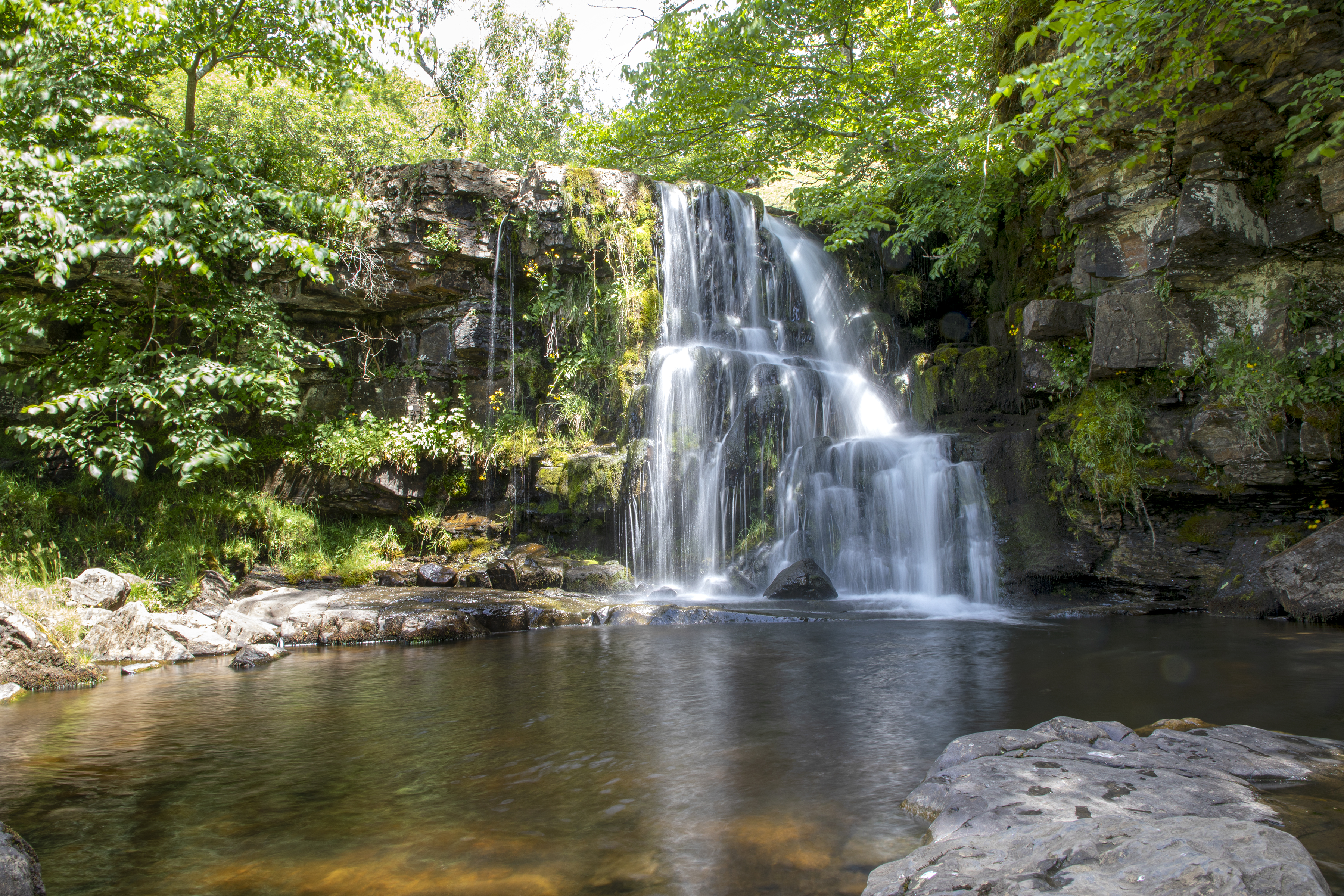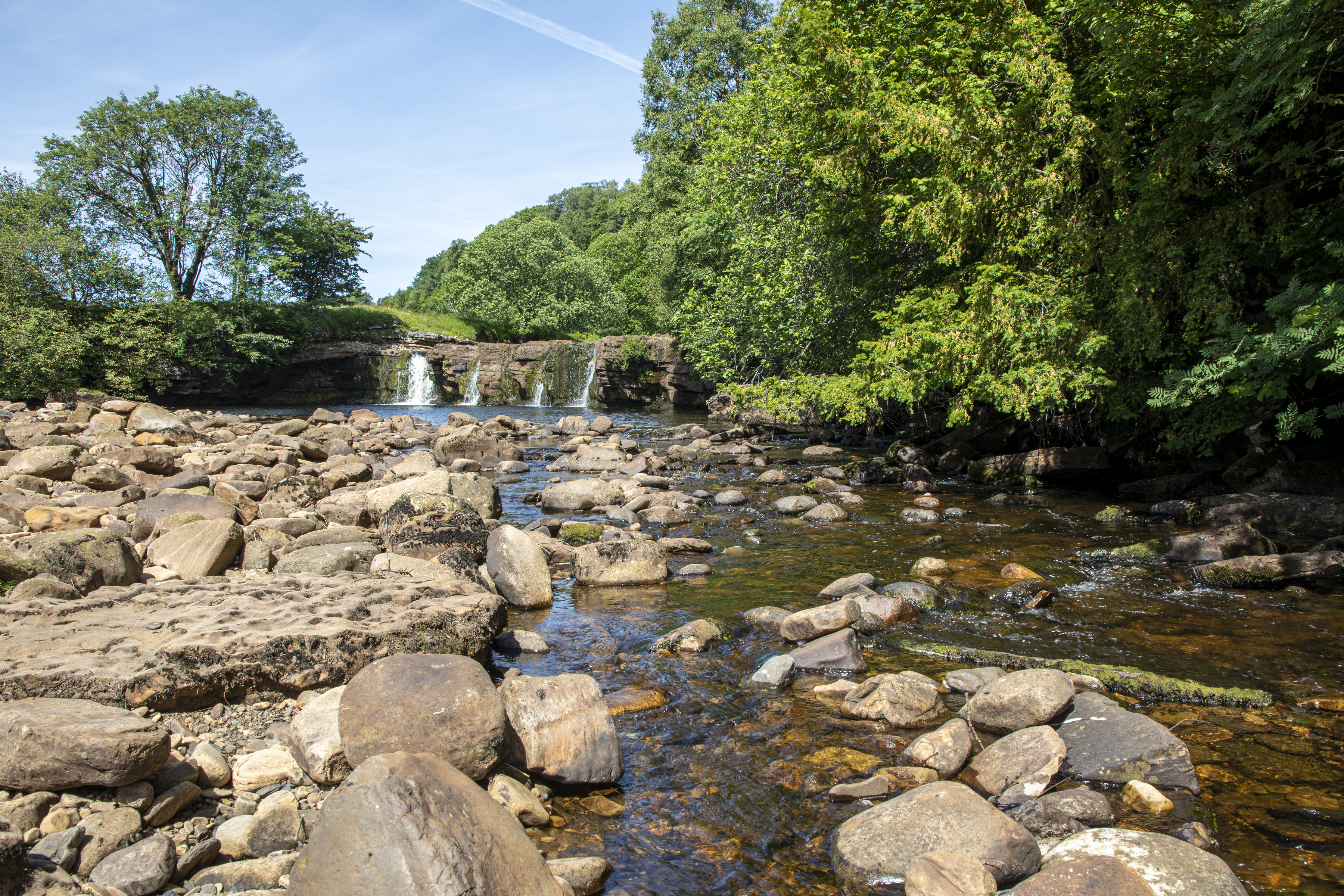Coalpit Hill
Hill, Mountain in Yorkshire Richmondshire
England
Coalpit Hill

Coalpit Hill is a prominent geological formation located in Yorkshire, England. Situated in the eastern part of the county, it is part of the Pennine range, known for its rugged and picturesque landscapes. Rising to an elevation of approximately 413 meters (1,355 feet) above sea level, Coalpit Hill is often classified as a hill rather than a mountain due to its relatively modest height.
The hill takes its name from the coal mining activity that once thrived in the surrounding area. During the 18th and 19th centuries, numerous coal pits were established in the vicinity, making Coalpit Hill a significant site for the local mining industry.
Today, Coalpit Hill is known for its natural beauty and offers breathtaking panoramic views of the Yorkshire countryside. The hill is covered in lush greenery, with heather and grasses adorning its slopes. It is a popular destination for outdoor enthusiasts, including hikers and nature lovers, who are drawn to its tranquil environment and the opportunity to explore the surrounding trails and footpaths.
The summit of Coalpit Hill provides visitors with an unforgettable vista, overlooking the picturesque villages and rolling hills of Yorkshire. On a clear day, it is even possible to catch a glimpse of the distant Yorkshire Dales National Park to the west.
Coalpit Hill is not only a natural landmark but also serves as a reminder of the region's industrial heritage. Its historical significance, combined with its stunning landscapes, makes it a compelling destination for both locals and tourists alike.
If you have any feedback on the listing, please let us know in the comments section below.
Coalpit Hill Images
Images are sourced within 2km of 54.427755/-2.1619484 or Grid Reference NY8903. Thanks to Geograph Open Source API. All images are credited.


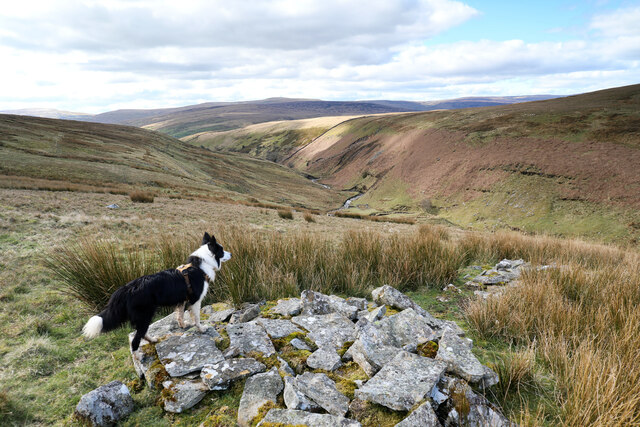

Coalpit Hill is located at Grid Ref: NY8903 (Lat: 54.427755, Lng: -2.1619484)
Division: North Riding
Administrative County: North Yorkshire
District: Richmondshire
Police Authority: North Yorkshire
What 3 Words
///refilled.convinced.holidays. Near Kirkby Stephen, Cumbria
Nearby Locations
Related Wikis
West Stonesdale
West Stonesdale is a hamlet in the Yorkshire Dales, North Yorkshire, England. The secluded village is near Keld to the south, Tan Hill to the north and...
Rogan's Seat
Rogan's Seat is a remote hill located near East Stonesdale and Gunnerside Gill, in the Yorkshire Dales in England. It is a high expanse of moorland that...
East Gill Force
East Gill Force is a waterfall in Swaledale, 330 yards (300 m) east of the hamlet of Keld, in the Yorkshire Dales National Park, North Yorkshire, England...
Wain Wath Force
Wain Wath Force is a waterfall on the River Swale in the Yorkshire Dales National Park, North Yorkshire, England. The falls are at grid reference NY883015...
Keld, North Yorkshire
Keld is a village in the English county of North Yorkshire. It is in Swaledale, and the Yorkshire Dales National Park. The name derives from the Viking...
Kisdon Force
Kisdon Force is a series of waterfalls on the River Swale in Swaledale, England. The falls are situated within the Yorkshire Dales National Park in the...
Catrake Force
Catrake Force is a waterfall on the River Swale in North Yorkshire, England. It is not visible from the road but is accessible via a campsite in Keld....
Tan Hill, North Yorkshire
Tan Hill (NY896067) is a high point on the Pennine Way in the Richmondshire district of North Yorkshire, England. It lies north of Keld in the civil parish...
Have you been to Coalpit Hill?
Leave your review of Coalpit Hill below (or comments, questions and feedback).







